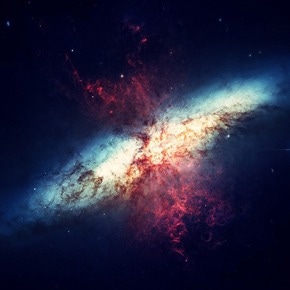The flow of matter between galaxies and their surroundings is made possible by galactic winds.

Image Credit: WikiImages/Pixabay
This approach restricts the expansion of galaxies, namely, their rate of star formation. While this phenomenon had been previously observed within the local universe, an international research team, headed by a CNRS scientist, has recently unveiled, through the utilization of MUSE—an instrument incorporated into the European Southern Observatory’s (ESO) Very Large Telescope—the presence of this occurrence in galaxies exceeding 7 billion years in age and actively engrossed in star formation, a category encompassing the majority of galaxies.
The team’s research published in Nature on December 6th, 2023, signifies the universality of this process.
Galactic winds originate from the detonation of massive stars, often remaining elusive due to their diffuse and low-density nature. To detect them, scientists merged images of over a hundred galaxies, capturing these winds through significantly prolonged exposure periods.
Employing the emission signals from magnesium atoms, the team managed to delineate the structure of these winds, revealing their morphology as matter cones ejected perpendicular to both sides of the galactic plane.
The researchers intend to quantify the amount of materials carried by these winds as well as their length in the future.
Journal Reference
Guo, Y., et al. (2023). Bipolar outflows out to 10 kpc for massive galaxies at redshift z ≈ 1. Nature. doi.org/10.21203/rs.3.rs-2617315/v1